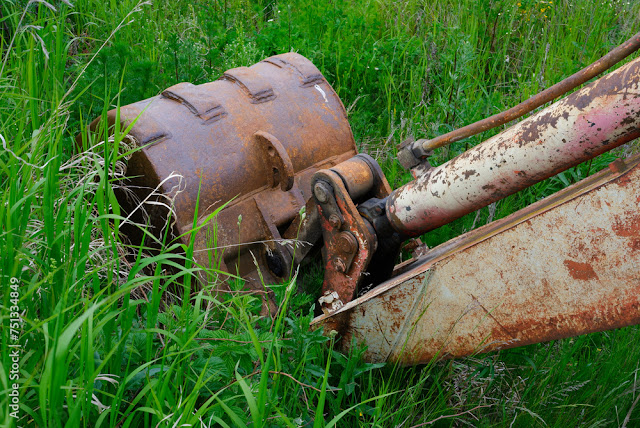- Food. There’s a good reason why food guru Michael Pollan says not to eat anything your grandmother wouldn’t have recognized as food. Back in 1899, most food was whole and it was grown organically by local farmers. Today, it’s hard to avoid processed foods. And nearly all of them contain newfangled ingredients that, if they won’t kill you quickly, will certainly kill you slowly: high fructose corn syrup, MSG, soy. With hybrids and GMOs, even whole foods like corn and wheat are now suspect. It’s a scandal that the Bible’s staff of life and America’s amber waves of grain was degraded in the 1960s and 70s into “dwarf wheat,” a high-yield hybrid that cannot be properly digested by humans. Sadly, this pseudo-wheat is probably what’s in that loaf of peasant bread you just got at Whole Foods. Yuck.
- Local Economies. Back in 1899, about the only thing besides opium that came from China was tea and, well, China. Imports from other countries were mostly luxuries like the aforementioned champagne. Today, I don’t know if you can even buy an American-made microwave oven. But in 1899, people in my town could buy a rock solid cast-iron stove forged locally by the WJ Loth Stove Company. Indeed, nearly everything Americans needed everyday was made in the USA, from trousers to tables to tallow candles to horse-drawn carriages. And like the hay to fuel the horse that pulls the carriage — whether barouche, fiacre, hackney or landau — both our food and our energy in 1899 were not just domestic, but they were also overwhelmingly local.
- Streets and Buildings. Speaking of transportation, when you have automobiles, you get today’s landscapes built for cars, with monster expressways, six-lane highways running past cul-de-sac subdivisions and cities covered in parking lots. Back in 1899, horse buggies and mule carts and the occasional streetcar didn’t overwhelm streets built at a human scale, so all cities were walkable. And I dare you to compare any building of 1899 against the mid- and late-century concrete boxes found in every city and town today. Italianate and Queen Anne Victorian or Planet of the Apes modernism? It’s no contest.
- Clothing. Call me an old fogy, but I have to agree with your grandmother that the flashing basketball sneakers, sweatpants, sweatshirts and baseball caps worn by both sexes on the streets of any big city today — a look that James Howard Kunstler has aptly described as “clownish” — are no improvement on the dignified and gender-specific clothing that people wore in public in the 1890s. Give me a woman in an A-line skirt and leg o’ mutton sleeves and a man wearing a gray coat with covered buttons and matching waistcoat, dark trousers, short turnover shirt collar, and floppy bow tie any day. When our fellow citizens look intelligent and confident and move with grace, we respect them more and our whole society acts with more seriousness.
Sunday, January 27, 2013
Four Things That Were Better in 1899
Great article by Erik Curren from Transition Voice. He also gave a very interesting link to different architectural styles of his hometown Staunton in Virginia. Below follow an excerpt from the article, read it in whole here.
Subscribe to:
Post Comments (Atom)
Featured Post
Dagens demokrati kan ikke redde oss fra klimakrisen
Politikerne tror at løsningen på klimakrisen er å forsterke naturkrisen, ved å grave i filler naturen vår, for å plassere vindkraftverk på h...

-
From the PLANETIZEN May 24, 2010 Nikos Salingaros presents the case for demolishing a modernist eyesore in Rome and replacing it with a ...
-
By Christopher Alexander . Original text at First Things . Rose trellis of Generalife. It has taken me almost fifty years to unde...
-
Terningkast fem💓 Winter photography around the Stormyra Marshlands, part of the Totenåsen Hills, Norway, February 2025. Stock-bilde | Adobe...


No comments:
Post a Comment
Note: Only a member of this blog may post a comment.